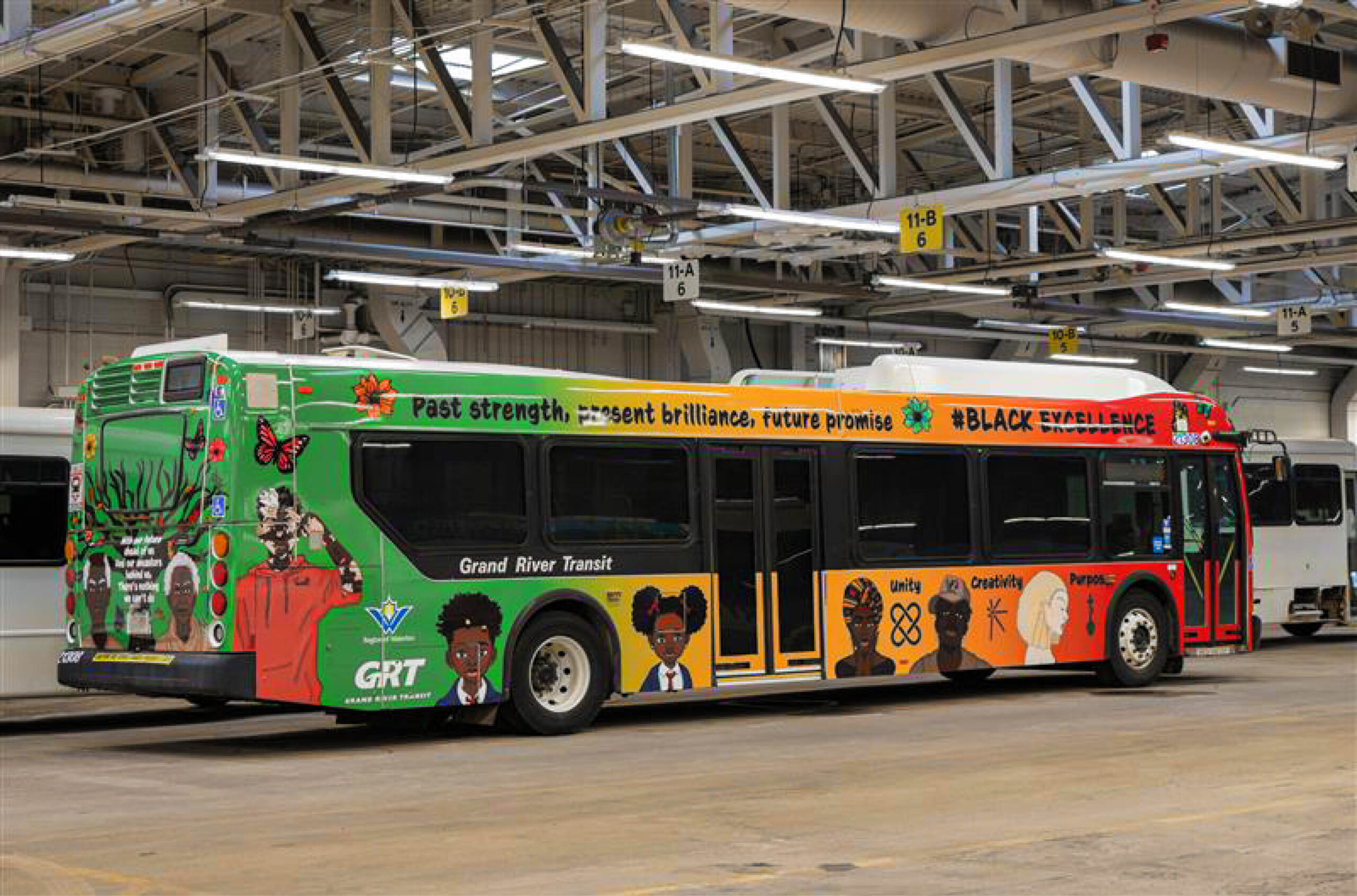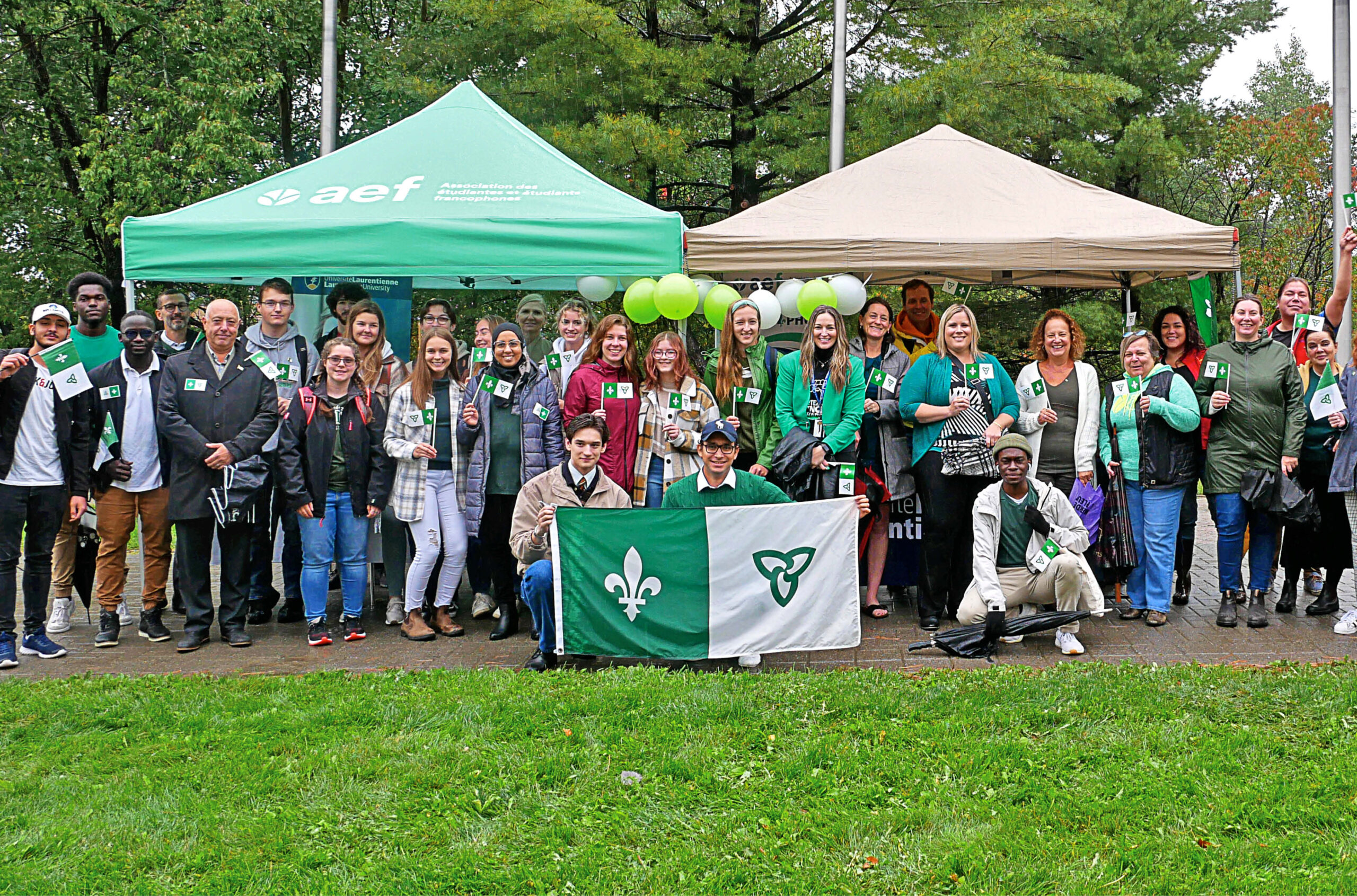A community garden for Queen’s employees aims to foster social connection
The unique wellness initiative has become a popular spot for respite during the workday.

This past spring, a group dedicated to employee wellness at Queen’s University launched a community garden for staff, the first of its kind on campus. The two plots were planted with help from a volunteer group, Rideau 1000 Islands Master Gardeners. More than 30 employees from across departments signed up to maintain the garden, which quickly became a popular spot for respite during the workday.
The garden is the result of a joint effort by Linda Henderson and Greg Simmons, who were both hired in January 2022 as coordinators for the new employee wellness services department. Mr. Simmons presented the idea in his second interview for the role, when asked to come up with a unique wellness initiative. Over the course of the pandemic, he saw many friends take up gardening, and coming from an athletics background, he knew the benefit of promoting physical activity.
“I wanted to do something outside the box,” Mr. Simmons said. “What better thing to do than actually get out, away from your desk, and do something healthy.” He reached out to the Master Gardeners for help, and together they decided to share the two plots between employees – an unusual move, since most community gardens have numerous plots run by individuals. “It’s about working on it together,” Mr. Simmons said.
The garden acts as a vehicle for staff connection to the physical campus, Ms. Henderson said. It’s also a more practical activity for employees as opposed to students, most of whom are not on campus in the summer. “We’ve used it as a focal point, having garden coffee breaks,” she said. “We work together out there for 10 or 15 minutes to do a little bit of weeding, a little bit of watering, and we have discussions around the garden – but also whatever else we might need to talk about.”
Prioritizing health on campus
In November 2020, the university published a Campus Wellbeing Framework, which includes four priority areas: culture, belonging and social connection, personal wellbeing, and places (meaning environments that encourage social activity). In the early stages, Ms. Henderson said she and Mr. Simmons felt the community garden fit all of those categories.
With students being the focal point at many universities, mental health and wellness efforts tend to prioritize them. However, recent data around pandemic-driven stress and burnout for employees across sectors has been a wake-up call for many institutions. Ms. Henderson referenced the Okanagan Charter, a set of guidelines for promoting health at postsecondary schools, which reinforces that staff well-being is just as important – and closely related – to that of students.
Though gardening season is at an end, Ms. Henderson and Mr. Simmons are working on ways to make the most of the transition, such as running workshops on how to close the garden and to make sure it thrives for next year. In terms of other activities, Mr. Simmons said the idea of building a skating rink on campus has been brought up – there are a few close by, but not one readily accessible to employees. “That would be another type of initiative we’re interested in,” he said. “Anything we could sink our teeth into that creates a similar place for people to go, to create community.”
Featured Jobs
- Accounting - Tenured or Tenure-Track Faculty PositionUniversity of Alberta
- Psychology - Assistant Professor (Human Neuroscience or Quantitative Methods)University of New Brunswick
- Research Chair in Systems Transformation and Family Justice (Faculty Position)University of Calgary
- Architecture - Assistant ProfessorMcGill University
- Critical Studies of Technology, Sustainability, and Development - Postdoctoral Researcher Ontario Tech University













Post a comment
University Affairs moderates all comments according to the following guidelines. If approved, comments generally appear within one business day. We may republish particularly insightful remarks in our print edition or elsewhere.